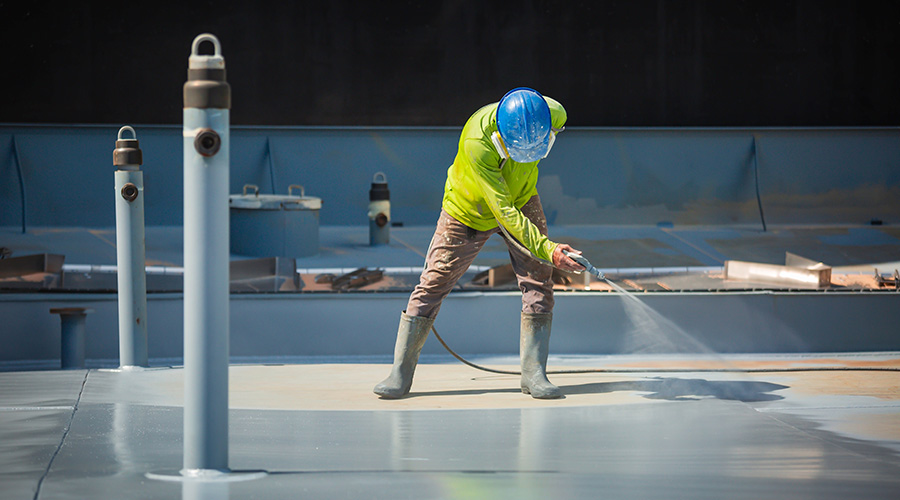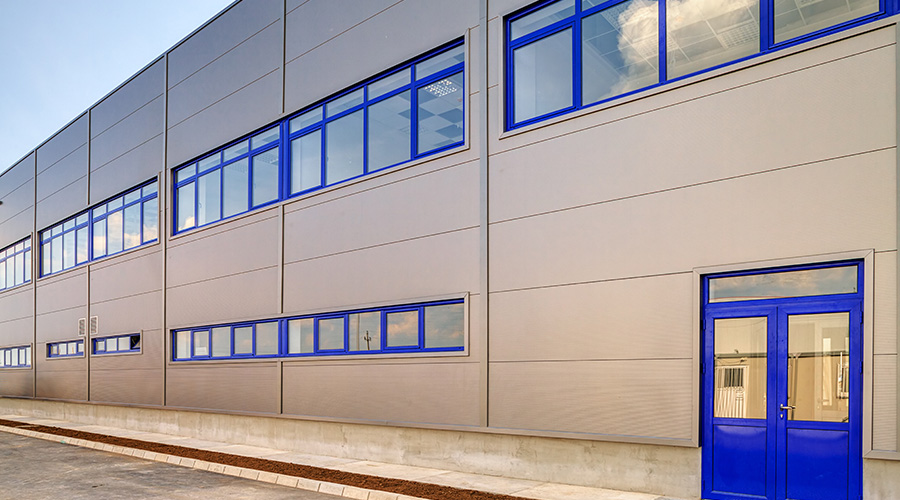Painting Projects That Perform
Manufacturers offer insights on the central role of product selection and substrate preparation.
Most institutional and commercial facilities have painted surfaces that are in rough shape. From wear and tear inflicted by occupants and visitors to the passage of time, a host of factors affect their appearance and condition.
To deliver paint and coating application projects that restore these areas, maintenance managers need to understand several issues before starting the job. Perhaps most importantly, managers specifying paints and coatings must consider an array of factors that affect the selection of the most appropriate paint or coating — specifically, the type and location of the substrate to which technicians will apply the coating.
“Floor substrates see more traffic than wall substrates, so going from a wall to a floor, you are increasing the potential for exposure and potential failure of that particular system that is going to be used,” says Mike Mundwiller with Benjamin Moore & Co. “Very simply put, it’s important to identify what the substrate is — concrete, PVC, sheetrock, or previously coated. It’s also very, very important to take it a step further from what type of substrate it is to questions such as, where is this substrate located? What will it be exposed to? What are the expectations for how long the coating system will last?”
Identifying expectations
Specifying effective paints and coatings for a paint or coating application is no small task. Several factors go into the decision. To ensure an appealing appearance for facilities and long performance lives for the materials. Managers should not be afraid to ask questions.
“The first thing a manager has to consider is, what is the desired outcome of the project? Is it for aesthetics? Is it to protect the asset or a combination of both?” says Johnnie Elliot with Rust-Oleum. “Once you decide that, they should ask, ‘What’s the substrate?’ The substrate is the beginning of deciding what product and what system matches up with that substrate.”
Whether the substrate is a floor, wall, or roof, or the material in question is concrete, steel, or PVC, managers should schedule a site survey to help them determine which paint or coating is most appropriate for the substrate based on facility need.
By working with a paints and coatings provider to conduct a site survey, managers can identify potential risks for premature failures.
“A rep can do a site survey prior to anybody or anything getting on a surface,” says Rick Watson with Sherwin-Williams. “What a rep will do is look at a building inside and out and pick out if there’s a hole in the wall, a crack in the mortar joint, a block is blowing out or corrosion. What they will then do is put together a survey that specifies the proper preparation that needs to be done prior to painting.”
“The survey is going to help find any potential problems or sources of problems prior to prepping the substrate.”
Regardless of the type of substrate and its location, all surfaces to be covered require proper preparation.
“You must do the surface prep prior to painting, no matter if it’s steel, concrete, or masonry — you name it,” Watson says. “Surface prep does vary depending on the substrate, but the key points to remember are it must be clean, dry, sound and dull. Typically, that’s a good thing to think about when looking at surface prep.”
“Specifying the proper paint or coating for an individual substrate is something that takes time to do. You really have to sit down and take a look at each substrate and the surface prep that needs to be done. That way, you can get your specification process off on the right foot before you even start the project because if you start out on the wrong foot, it’s all downhill from there.”
Managers who understand that properly preparing the substrate prior to application can ensure the successful application of that paint or coating.
“Every paint and coating job is made or broken in the preparation phase,” Boyer says. “If you don’t have a clean, dry and contaminant-free substrate when you apply that material, you’ll have issues with the boding or adhesion of it, or you’ll have a stain on the wall that’s been locked on to the wall and can’t be cleaned because the coating has been applied over it. Preparation is key in any coating job.”
Related Topics:















